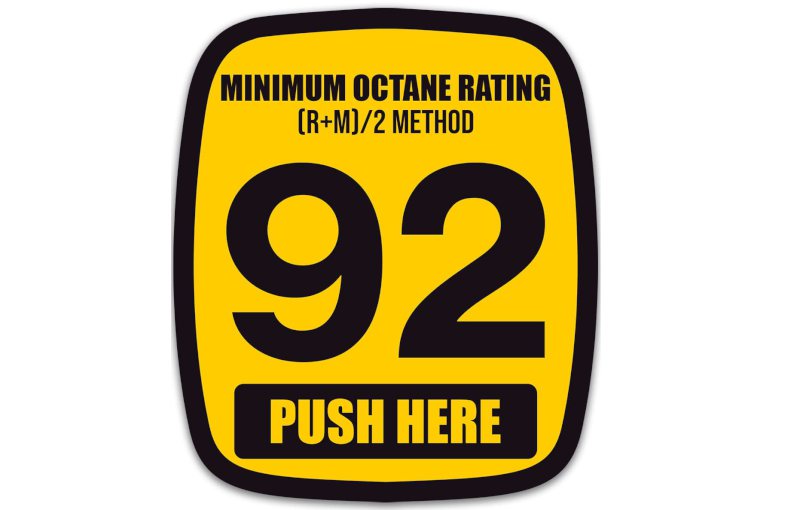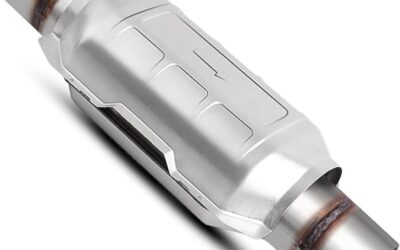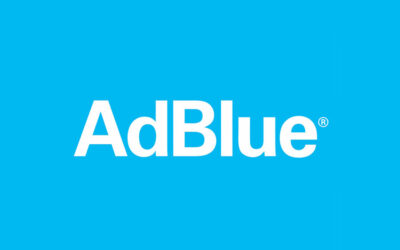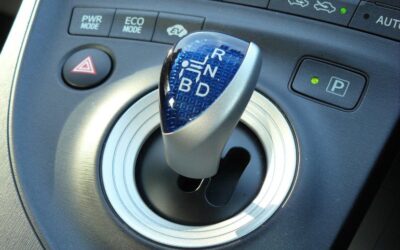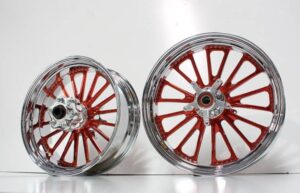The octane number is a measure of the anti-knock properties of a gasoline (petrol) fuel. It indicates the fuel’s ability to resist detonation or knocking in internal combustion engines. Detonation, also known as knocking, is the uncontrolled and premature ignition of the fuel-air mixture in the combustion chamber of an engine, which can lead to engine damage.
There are two commonly used methods to express the octane rating: Research Octane Number (RON) and Motor Octane Number (MON). The Research Octane Number is determined under milder engine operating conditions, while the Motor Octane Number is measured under more severe conditions.
The octane number you see at gas stations is often an average of RON and MON, known as the Anti-Knock Index (AKI) or Pump Octane Number (PON). For example, if a gasoline has a RON of 91 and a MON of 87, it might be labeled as 89 octane.
Higher octane numbers generally indicate a greater resistance to knocking. High-performance or high-compression engines often require fuels with higher octane ratings to prevent knocking and ensure proper engine performance. However, for standard engines, using a higher octane fuel than recommended by the manufacturer usually does not provide any significant benefits and can be more expensive.
Octane number of different fuel types
Different fuel types have varying octane ratings, which reflect their anti-knock properties. Here’s a general comparison of octane ratings for various fuel types:
- Regular Unleaded (87 Octane): This is the standard gasoline available at most gas stations. It is suitable for most everyday vehicles with regular engines.
- Mid-Grade Unleaded (89-90 Octane): Sometimes labeled as “Plus” or “Super,” mid-grade gasoline is a step up from regular unleaded and may be recommended for vehicles with moderately higher compression ratios.
- Premium Unleaded (91-94 Octane): Premium gasoline is designed for high-performance engines, luxury cars, or those with high compression ratios. It helps prevent knocking in these engines and ensures optimal performance.
- E85 (Ethanol Blend): E85 is a blend of 85% ethanol and 15% gasoline. Its octane rating can vary but is generally higher than regular unleaded. E85 is commonly used in flex-fuel vehicles.
- Diesel Fuel: Diesel fuel doesn’t have an octane rating like gasoline. Instead, it has a cetane number, which measures its combustion quality. Diesel engines rely on compression ignition, and higher cetane numbers generally indicate better combustion characteristics. But if you asking, it is 30.
- Aviation Gasoline (Avgas): Used in piston-engine aircraft, Avgas typically has octane ratings above 100. The most common types are 100LL (low lead) and 100/130.
Here is a comparison to other flammable gases:
| Fuel | Octane number |
| Hydrogen | >130 |
| Methane | 125 |
|
Ethane |
108 |
| Propane | 105 |
| Octane | 100 |
| Gasoline | 87 (standard) |
| Diesel | 30 |
Common compression ratio and gasoline octane level comparison
The compression ratio of an internal combustion engine is a key factor in determining the appropriate octane number for the fuel it should use. Generally, higher compression ratios require higher octane fuels to prevent knocking or detonation. Here are some common compression ratios and the associated recommended octane numbers:
Low Compression (8:1 to 9:1):
- Recommended Octane: Regular Unleaded (87)
- Commonly found in many standard, everyday vehicles.
Medium Compression (9.1:1 to 10:1):
- Recommended Octane: Regular Unleaded (87) for some, Mid-Grade (89-90) for others.
- Many modern vehicles fall into this category, and the recommended octane can vary.
High Compression (10.1:1 and above):
- Recommended Octane: Mid-Grade (89-90) to Premium (91-94).
- High-performance and luxury vehicles often have engines with higher compression ratios, requiring higher octane fuels to prevent knocking.
Turbocharged or Supercharged Engines:
- Recommended Octane: Mid-Grade (89-90) to Premium (91-94) or higher.
- Forced induction engines, such as those with turbochargers or superchargers, often have higher compression ratios and may require higher octane fuels.
It’s essential to consult the owner’s manual or manufacturer’s recommendations for your specific vehicle to determine the recommended octane level. Using the recommended octane ensures proper engine performance and fuel efficiency. Using a lower octane fuel than specified can lead to knocking, reduced performance, and potential engine damage over time. Conversely, using a higher octane fuel than necessary typically does not provide added benefits in standard engines.

